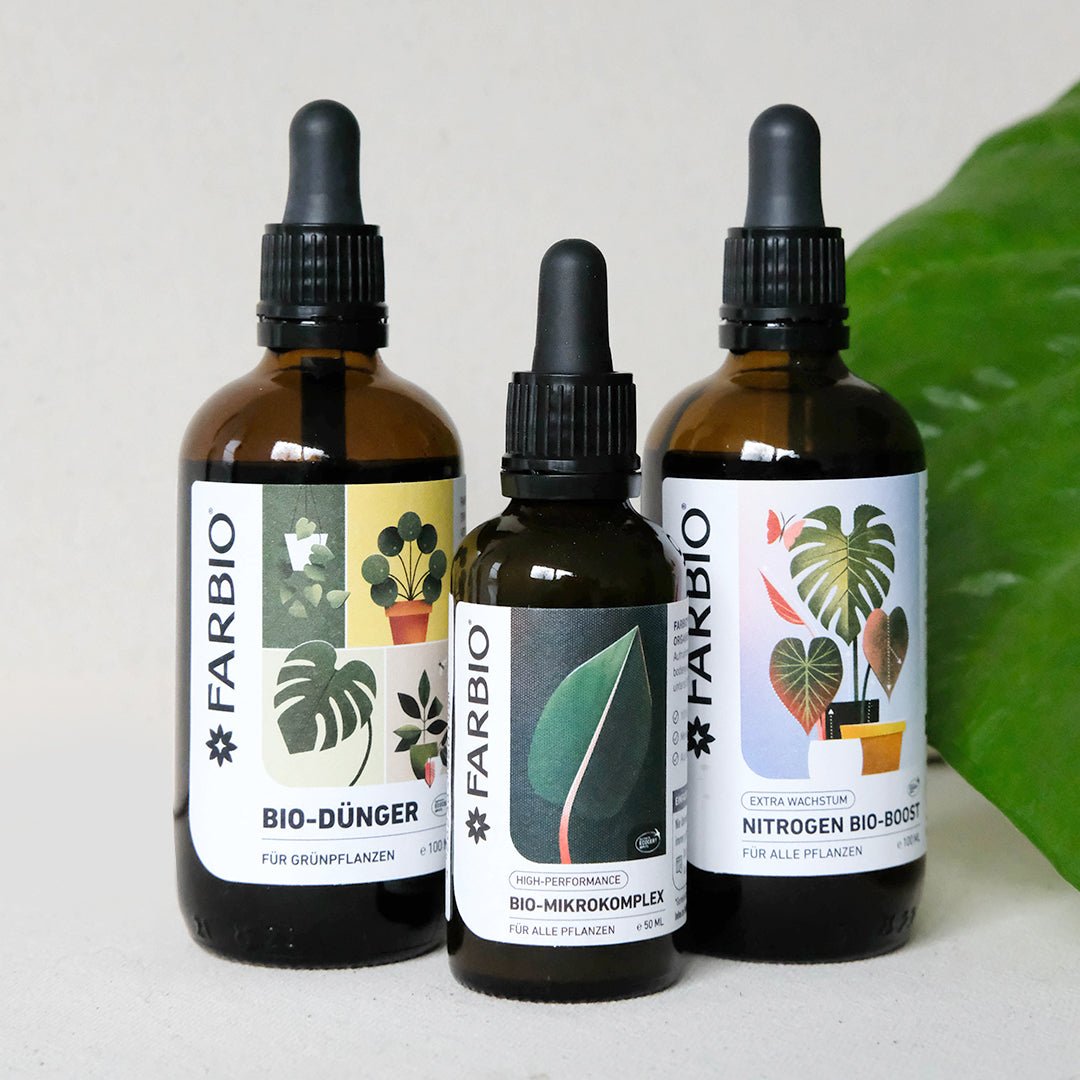If you love houseplants and want an impressive, large plant in your home, there are numerous options for enriching your room with greenery. Regardless of whether they have a woody trunk or are completely covered in green, tall indoor trees are an impressive highlight. Here we introduce you to some fascinating large houseplants and give you tips on how to care for them.
What is an indoor tree?
Trees are woody plants with a solid trunk from which branches grow that divide into leafy branches. The dominant shoot axis increases in size through secondary thickness growth.
Can you keep a tree in your apartment? Yes, because many trees can be planted in a pot and are suitable for the apartment. What is important is a bright location with enough light, space to grow and the right room temperature.
The most beautiful indoor trees - ordered by height
Elephant foot (Beaucarnea recurvata)
The thickened trunk resembles an elephant's foot, which ultimately gave the houseplant its name. This special foot serves as a water reservoir and allows the plant to survive even longer dry periods, making it extremely easy to care for. The characteristic long, overhanging leaves of the elephant's foot sometimes have sharp-edged leaf edges. The elephant's foot, which comes from Mexico, is a succulent tree that grows only slowly. With a height of up to 1.5 meters, the elephant foot is also suitable for smaller rooms.

Dragon tree (Dracaena)
The dragon tree is the perfect indoor tree for beginners in the world of houseplants because it is easy to care for. It originally comes from Africa, but can also be found in the tropics of Asia and Central America. Under optimal conditions, the dragon tree in the apartment can reach impressive heights of 1.5 to 2 meters. As a rule, it grows 10 to 20 cm per year. Even if the name suggests something different: a dragon tree is usually not a real tree - it only develops a woody, palm-like trunk. The dragon tree impresses with its narrow, pointed leaves.

Lucky chestnut (Pachira aquatica)
The lucky chestnut is a tropical swamp tree from Central and South America. It gets its name because it is often associated with the Feng Shui belief and is said to bring good luck. As an indoor tree it can grow to a height of around 2 meters. Commercially available lucky chestnuts often have intricately intertwined trunks. The leaves form a spherical crown reminiscent of a hand with five fingers. The plant does not need to be watered often as it can store a lot of water in the trunk. Watering once every three weeks is sufficient.

Balsam apple (Clusia rosea)
The balsam apple is native to the Caribbean and also occurs in tropical areas of South and Central America. In addition to its thick, robust leaves, this succulent tree surprises in summer with fragrant flowers that exude a light vanilla scent - but only after years and under optimal conditions. As a pot plant it grows up to 3 meters high. The trunk becomes woody after a few years.

The best trees for the apartment: Ficus species
Birch fig (Ficus benjamina)
Ficus benjamina, commonly known as birch fig and often sold in stores as just ficus, is a species of plant in the Moraceae family native to Asia and Australia. It is the official tree of Bangkok. The birch fig is not only characterized by its attractive appearance, but also has the decisive advantage that it cleans the air by binding pollutants and thus improving the indoor climate. However, a considerable amount of space must be taken into account, as this indoor tree can grow up to 2 meters high. In contrast to its large-leaved counterparts, it impresses with many small, patterned leaves.

Rubber tree (Ficus elastica)
The rubber tree stands out for its oval-shaped, leathery leaves, which are not only decorative but can also effectively purify the air in the room. If cared for well, it can grow up to 2 meters high. The homeland of the Ficus elastica extends from northeast India to Indonesia. It is important to regularly remove dust from the leaves, as dust particles can quickly accumulate on the leaf surface.

Fiddle fig (Ficus lyrata)
The violin fig impresses with its impressive size: it can grow up to 4 meters high. Originally native to the tropics of West Africa, the fiddle leaf fig with its sprawling growth is sure to be an eye-catcher in the home. The matte leaves of the fiddle leaf fig are not only large, but also aesthetically shaped.

Caring for houseplants (with trunks)
It's especially exciting to buy an indoor tree when it's still small and watch it grow over the years with the right care. When caring for indoor plants, including indoor trees, there are several aspects to consider to ensure they stay healthy and thrive:
Lighting conditions:
Indoor trees generally require adequate light, but the exact requirements vary depending on the type of plant. Find out about your houseplant’s specific lighting needs and place it in the room accordingly. Some plants require direct sunlight, while others can survive in a partially shaded location.
Irrigation:
Make sure you water your houseplants appropriately. Overwatering is just as problematic as underwatering. Read the care instructions for your specific plant to determine the right rhythm and amount of watering. Indoor trees generally need less water because they can store it in the trunk.
Humidity:
Some houseplants, especially tropical species, prefer higher humidity. You can compensate for low humidity by regularly misting the leaves with a spray bottle .
Temperature:
Most indoor trees prefer temperatures between 18 and 25 degrees Celsius. Avoid extreme temperature fluctuations and protect the plants from drafts.
Soil and fertilizer:
Use well-drained soil for your houseplant to avoid waterlogging. To ensure that your indoor tree continues to grow, fertilize it every two weeks during the growing season with a suitable plant fertilizer .
Repotting:
Depending on growth, an indoor culture should be repotted every few years. This allows the roots to spread and receive fresh soil. Attention: Indoor trees often develop rotary roots, which means that Ficus and Co. gradually lose their leaves and die. You can avoid this by loosening the roots when repotting - you can find out everything you need to know here .
Pests and diseases:
Check your plants regularly for pests and diseases. Common problems include spider mites, aphids and fungal infections. Find out more about natural but effective control here .
In this video, we explained our care tips to you in more detail!















